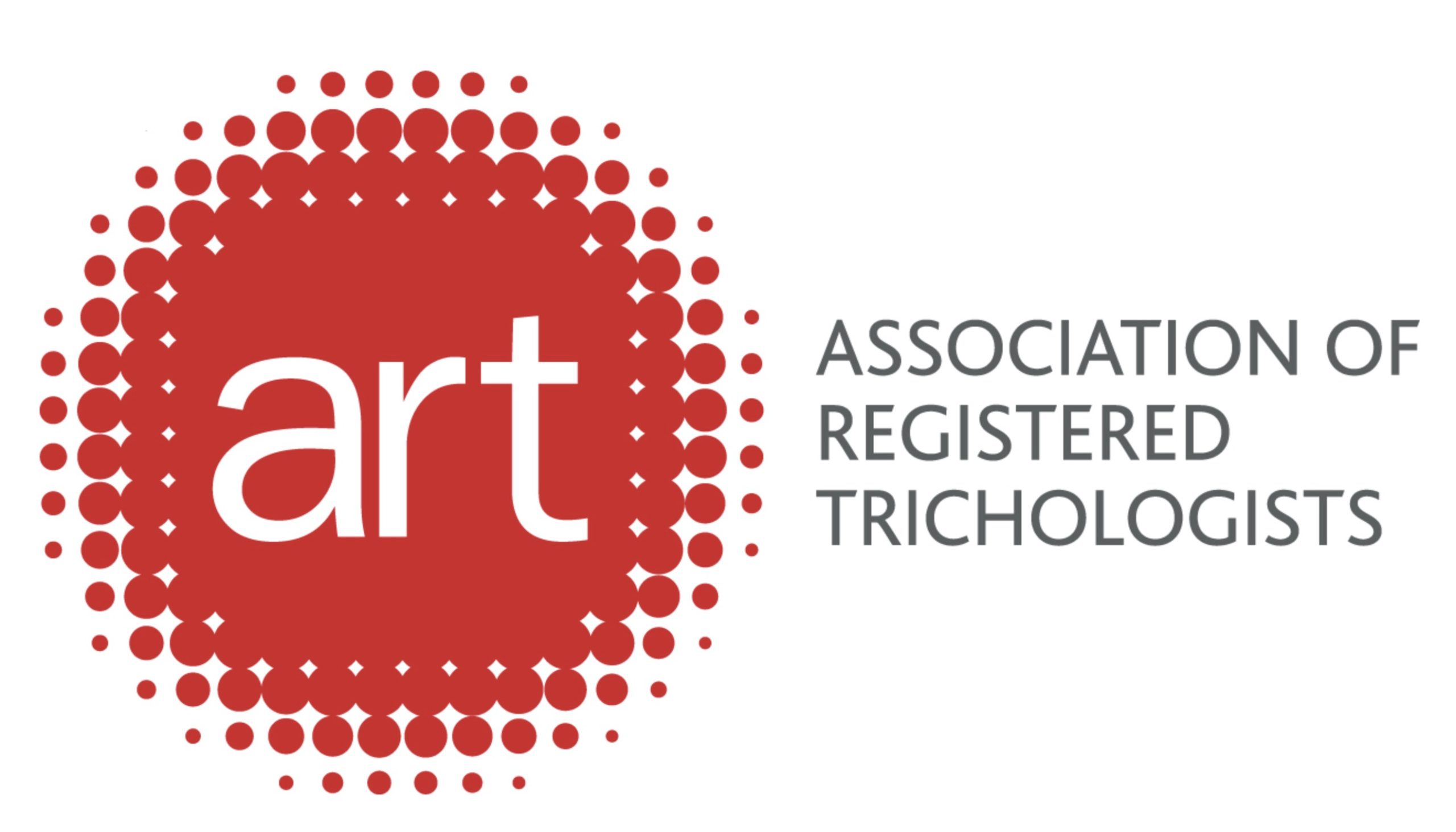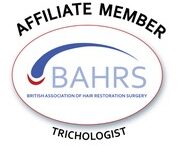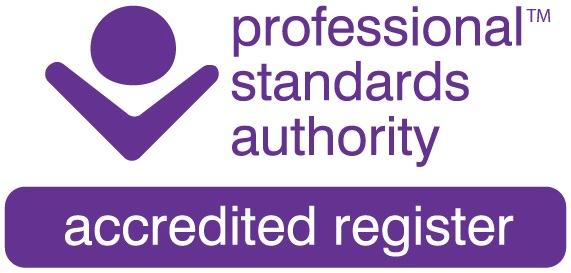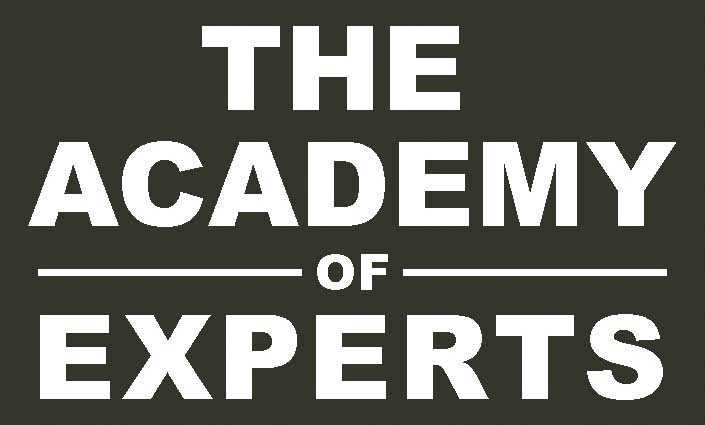Oral and Topical Minoxidil: Uses, Parathesia, and Other Associated Side Effects
Minoxidil, originally developed as an oral antihypertensive medication, has gained significant popularity as a treatment for hair loss. Its use in both oral and topical formulations has been expanded, particularly for managing conditions like androgenetic alopecia (male and female pattern hairloss). Although minoxidil is generally well-tolerated, it can cause side effects, including a sensation known as parathesia, and other adverse reactions. This article explores the uses of oral and topical minoxidil, the phenomenon of parathesia, and its potential side effects.
Minoxidil:
A Brief Overview
Minoxidil was initially approved in the 1970s as an oral medication for hypertension. However, patients taking the drug reported increased hair growth as a side effect, which led researchers to investigate its potential for treating hair loss. As a result, topical minoxidil solutions became widely available for hair regrowth, and the oral form is now sometimes used for severe cases of alopecia, particularly in people who do not respond well or may nit tolerate the use of topical treatments.
Topical minoxidil is commonly used in the form of solutions or foams applied directly to the scalp, while oral minoxidil comes as a tablet taken daily.
How Minoxidil Works…..
The exact mechanism through which minoxidil promotes hair growth is not fully understood, however the research continually evolves. It is believed to work in several ways:
Vasodilation: It dilates blood vessels in the scalp, increasing blood flow and delivering more nutrients to hair follicles.
Prolongation of the Anagen Phase:
Minoxidil extends the growth phase of the hair cycle, resulting in longer and thicker hair.
Hair Follicle Stimulation:
It may stimulate dormant hair follicles to enter the anagen (growth) phase.
Oral Minoxidil
Oral minoxidil, while primarily prescribed for hypertension, has found its way into the treatment regimens for alopecia, especially for patients with severe or diffuse hair loss. Its use in hair loss is typically reserved for individuals who do not see adequate results with topical minoxidil or who are unable to use topical treatments due to scalp sensitivity or other issues.
Oral minoxidil has been shown to promote hair regrowth in several studies, but it requires careful monitoring due to its systemic effects on blood pressure. Unlike topical minoxidil, which acts locally, oral minoxidil can have widespread effects on the body, including potential cardiovascular impacts.
Topical Minoxidil
Topical minoxidil is the most common form used for hair loss treatment. It is available over the counter in concentrations of 2% and 5% solutions or foams. Topical minoxidil is applied directly to the scalp, where it helps stimulate hair follicles and promote regrowth. It is typically recommended for individuals with mild to moderate hair thinning.
While topical minoxidil is effective for many individuals, it can lead to a variety of side effects, including scalp irritation, itching, and flaking.
Parathesia:
A Sensory Side Effect.
Parathesia is a common sensory side effect associated with both oral and topical minoxidil. It refers to a tingling or “pins and needles” sensation in the skin, often on the scalp, face, hands or feet. This sensation may be experienced shortly after the application of topical minoxidil or after taking oral minoxidil.
The exact cause of parathesia in relation to minoxidil is not well understood, but it is thought to occur due to the vasodilation (dilation of blood vessels) caused by the drug. By increasing blood flow to certain areas, minoxidil may cause sensations of warmth, tingling, or mild discomfort. In the case of oral minoxidil, the tingling sensation can be more pronounced due to systemic effects.
Parathesia is typically mild and transient, disappearing as the body adjusts to the medication. However, if the sensation becomes severe or persistent, it may be an indication of an adverse reaction, and the treatment should be reviewed by a healthcare provider, Dermatologist or Trichologist.
Other Side Effects of Minoxidil.
While parathesia is one of the more common side effects, both oral and topical minoxidil can cause other side effects, including:
1. Scalp Irritation (Topical Minoxidil)
Scalp irritation, such as redness, itching, dryness, or flaking, is a frequent complaint among users of topical minoxidil. These side effects usually subside with continued use, but if the irritation is severe, the treatment may need to be stopped.
2. Increased Heart Rate and Blood Pressure (Oral Minoxidil)
Oral minoxidil can lead to systemic side effects, including increased heart rate (tachycardia) and fluid retention, which can result in elevated blood pressure. For this reason, oral minoxidil is often combined with other medications, such as beta-blockers or diuretics, to mitigate these cardiovascular effects.
3. Edema
Fluid retention and swelling, particularly in the ankles, feet, or hands, can occur with oral minoxidil use. This is a direct result of its effects on blood vessels and circulation.
4. Dizziness and Lightheadedness.
Due to its blood pressure-lowering effects, oral minoxidil may cause dizziness or lightheadedness, especially when standing up quickly. This is more common in people with low blood pressure or those taking medications that affect blood pressure.
5. Unwanted Hair Growth (Topical Minoxidil)
Topical minoxidil, while effective in promoting hair regrowth on the scalp, can sometimes cause unwanted hair growth in areas such as the forehead or face, especially in women. This can occur if the medication inadvertently spreads to areas outside the intended application zone.
6. Chest Pain and Palpitations (Oral Minoxidil)
Some users of oral minoxidil may experience chest pain or palpitations due to its vasodilatory effects. If these symptoms occur, the individual should seek medical attention immediately.
7. Hypertrichosis (Excessive Hair Growth)
In rare cases, users of both oral and topical minoxidil may develop excessive hair growth on other parts of the body, a condition known as hypertrichosis. This can be distressing for individuals using minoxidil for hair loss on the scalp but may experience unwanted body hair growth.
Conclusions.
Minoxidil, in both oral and topical forms, is a widely used treatment for hair loss, particularly in cases of androgenetic alopecia. While it can be highly effective in promoting hair regrowth, users should be aware of potential side effects, including parathesia, which is a common yet generally mild sensation of tingling or numbness. Other side effects, such as scalp irritation, unwanted hair growth, and cardiovascular effects (especially with oral minoxidil), should also be monitored. It is important to consult with a healthcare provider before starting minoxidil treatment, particularly when considering oral minoxidil, to ensure its safe use and proper management of any side effects.
An unexpected and rather challenging issue experienced by some people with hair loss is hair follicle pain. In the medical world this is considered to be a form of cutaneous dysesthesia (or Trichodynia when it affects the scalp region). Trichodynia is more commonly experienced with telogen effluvium (non-scarring diffuse shedding of the hair), and to a lesser extent androgenetic alopecia (female/male pattern hair loss).





